According to IHS Supplierinsight, automakers plan to introduce autonomous vehicles in the next 3-5 years, and laser radar suppliers are bound to develop low-cost, easy-to-install radar systems and expand their production scale. Companies such as Google, Ford, and Uber are vigorously developing autonomous vehicles. These vehicles are highly dependent on laser radar. They need to use radar to better identify the surrounding environment of vehicles to provide navigation services for owners. Nowadays, on the roads in the United States and other parts of the world, test vehicles equipped with a lidar system on the roof are often seen, and the radar system is also quite eye-catching. The laser radar uses remote sensing technology to detect the distance between the vehicle and the target, and can also probe the target on the driving path and provide assistance for map drawing. Usually, the sensor uses a laser to illuminate the periphery of the vehicle, and then optically analyzes it to create a high-definition digital image that can be explored in all directions within 100 meters of the vehicle. Radar technology usually uses sound waves to detect the speed, range and angle of the target. Lidar is more advantageous than it. However, the radar reflection effect of the metal material is the strongest, but the non-metallic material has a poor reflection effect, and the root wave may not reflect the radar wave. Up to now, most companies that are developing autonomous vehicles have said that laser radar is the core component of autonomous vehicles, and its positioning accuracy and reliability are high, but Tesla does not agree with this view. Since November last year, Tesla has deployed a second-generation "Autopilot" driver assistance system for all its vehicles, which the company claims will be fully automated. The main hardware of Autopilot 2.0 includes 8 cameras and 12 ultrasonic sensors, which provide 360-degree panoramic images within a radius of 250 meters. Supply and demand gaps continue to widen In recent years, major car companies have become more concerned about the development of autonomous vehicles, which has led to a surge in demand for lidar sensors. In addition to self-driving vehicles, map companies such as HERE and TomTom have also adopted a laser-radar system for 3D high-definition maps. The former is also an indispensable part of future autonomous vehicles. Lidar is also used in some advanced driver assistance systems (ADAS) such as Adaptive Cruise Control (ACC), Front Vehicle Collision Alert (FCW) and Automatic Emergency Brake (AEB). In addition to the automotive industry, laser radar is also used in safety, robotics and industrial applications. The demand for laser radar in the automotive market has soared, which has made suppliers unprepared. According to media reports, the number of laser radar suppliers is now quite small, and existing suppliers are also increasing their production capacity in order to meet the growing market demand. Velodyne's radar system is favored by many companies engaged in the development of autonomous vehicles, and its products are widely used in their respective test vehicles. Poweron opened a super factory in San Jose, Calif., in January this year. Mike Jellen, president and chief operating officer of the company, revealed to IHS SupplierInsight that the first quarter of this year (as of March 31) The company's lidar production has doubled, and the company is trying to achieve a 3-5x increase in production in 2017 and 2018. New competitors have entered the laser radar market. Automotive applications have a strong demand for laser radar, which has attracted many new competitors into this emerging field. Such companies are looking to commercialize production and will ship Lidar this year or 2018. For example, Quanergy has accelerated the production of its solid-state lidar sensor S3, which will be used in ADAS and autonomous vehicles this year. Last year, Quanergy raised $90 million from investors to boost its solid-state lidar sensor production. Recently, Luminar released a laser radar for autonomous vehicles, and the company claims to have achieved production. The company also said that the resolution of the laser radar is 50 times that of similar products on the market, and its detection range is 10 times that of similar products. Luminar is said to be working with four companies to develop autonomous vehicles. To this end, Luminar will provide its customers with 100 laser radars for beta testing. The company plans to commercialize production at its plant in Orlando, Fla. The company is ambitious and plans to ship 10,000 laser radars by the end of the year. Due to the huge demand for laser radar in ADAS and autonomous driving applications, traditional car suppliers have also been appeased. Some of the suppliers are strategically partnering with or strategically investing in existing Lidar companies to be able to acquire this advanced technology. Last August, ZF acquired a 40% stake in Ibeo Automotive Systems, a German company dedicated to laser radar technology. The mainland acquired Advanced Scientific Concepts (ASC)'s Hi-Res 3D Flash Lidar business. Another German supplier, Bosch, has invested in a strategic investment in the laser radar startup TetraView. The Japanese supplier, Denso, participated in the fundraising of the laser radar startup TriLumina. Magna collaborated with Israel's Innoviz Technologies to develop a solid-state laser radar solution; Valeo and LeddarTech strategically collaborated to develop a low-cost solid-state laser radar. Challenge - the cost of laser radar remains high Although laser radar has advantages over radar and other sensors, the image around the vehicle is more accurate. However, if it is to be promoted in large quantities, the cost is too high and it is prohibitive. The first self-driving vehicle of the Google Automated Vehicles project (now Waymo) uses Powered's Lidar, which costs $75,000 per unit, and the price is staggering. Lidar suppliers are well aware that they need to develop low-cost laser radar products to promote their applications. Williden and Waymo work together to reduce the price of laser radar. The current price of the product is between 8,000 and 30,000 dollars. The specific price varies depending on the number of lasers emitted by the product. In August 2016, Williden received a $150 million investment from Ford and Baidu to find new ways to further reduce the cost of laser radar. Just a month ago, Williden released a new laser sample VLP-16 (also known as Puck) for $7,999. Williden expects its price to drop further after mass production. In April of this year, Williden announced the new low-cost laser radar sensor Velarray, the company said that after mass production costs will fall to hundreds of dollars. However, other lidar sensors provide a 360-degree horizontal field of view (FOV), and Velarray's horizontal field of view is only 120 degrees, which means that autonomous vehicles require more laser radar to obtain similar Horizontal view. Williden will start production of the Velarray laser radar at its San Jose plant next year. Williden aims to provide a laser radar that is cheaper than Velarray. Jellen revealed to IHS SupplierInsight: "Welden continues to upgrade its product roadmap so that its products meet the requirements of professional performance, throughput and price. The core of our strategy is to use cost-effective application-specific integrated circuit (ASIC) technology. ." Waymo's test vehicles have been using Veridon's laser radar, but the company is also developing its own more affordable laser radar products. In January of this year, Waymo announced that it has reduced the cost of laser radar by more than 90%. The company aims to further reduce the price of laser radar and make the price more affordable. In addition to the high cost of size and design , reducing the weight of its products and reducing its size are two major challenges that Lidar suppliers are trying to solve. The Powered HDL 64E Lidar is currently used by most car and technology companies in its autonomous driving test vehicles. The weight of the product is about 12.7 kg, excluding cables. The company also tried to significantly reduce the weight of the other three lidar sensors and reduced the weight of HDL-32E, Puck Hi-Res and Puck Lite to 1 kg, 830 g and 950 g, respectively. Lidar companies also need to pay attention to radar size and assembly position on autonomous vehicles so that the radar can be integrated with the overall design of the vehicle, both aesthetically pleasing and dynamic. Most test vehicles have a lidar mounted on top of it, and if mass-produced, the roof position is not suitable for the future. At last year's International Consumer Electronics Show (CES), Williden demonstrated its solid-state hybrid-ultra Puck Auto radar product, which is compact and can be mounted in a side view mirror. The company's new Velarray radar sensor is also compact and seamlessly embedded in the front, rear and corners of the vehicle. At this year's International Consumer Electronics Show, Quanergy demonstrated a mid-size solid-state lidar S3 that would be hidden into the body of the vehicle without damaging the overall aesthetics of the vehicle. The company is also working with Japanese lighting supplier Koito to show how its S3 laser radar fits seamlessly into the vehicle's headlights. Placing the lidar under the headlights also protects the device from dust, dirt and water. Most car companies, technology companies and start-ups are aggressively developing autonomous vehicles, which will launch their autonomous vehicles in the next 3-5 years, which means that laser radar suppliers have only a few years to improve their existing Products that overcome many challenges and challenges in terms of cost, weight, size, design and seamless supply. According to IHS Markit, sales of self-driving vehicles will reach 600,000 by 2025. As of 2035, the number will continue to grow, or will reach 21 million. Assuming that an average of two lidar sensors per autonomous vehicle is used, this means that laser radar suppliers will face a huge demand in the next few years. Li-Polymer Batteries,Polymer Lithium Battery,Li-Po Battery,Lithium Polymer Battery Shenzhen Glida Electronics Co., Ltd. , https://www.szglida.com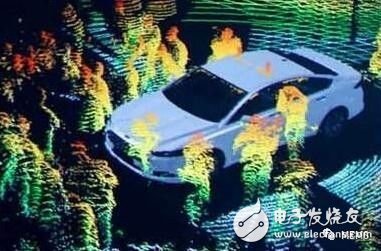
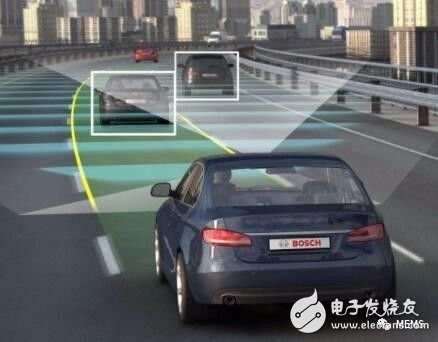
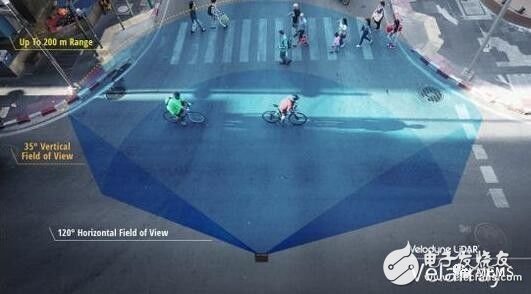
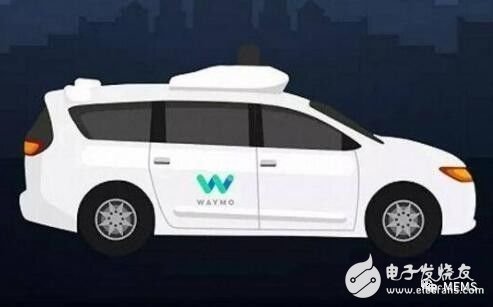
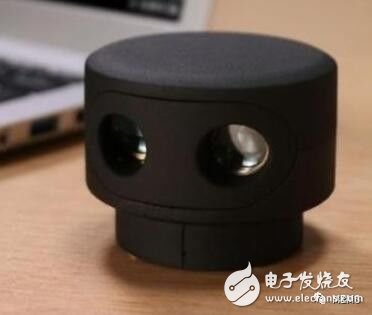
Lithium Polymer Battery, popularly known as LiPo Battery, works on the lithium-ion technology instead of the normally used liquid electrolyte. These kinds of batteries are rechargeable thereby providing users with huge savings in terms of cost. Such batteries are specifically used on products and appliances where weight is a crucial feature, as in, where already weight is a special -
We are a professional lithium-ion battery manufacture and are known for our smallest Li-polymer batteries in this industry. More than 1,000 models of mature batteries for your choice. Providing first-class, safe and environment-friendly clean energy solutions.
For a safe and reliable power solution, GLIDA Lithium Ion packs are solid choice for your application needs. With extensive Quality Control certifications and procedures, GLIDA gives it's customer the confidence in every product offering.
A lithium polymer battery, or more correctly lithium-ion polymer battery (abbreviated as LiPo, LIP, Li-poly, lithium-poly and others), is a rechargeable battery of lithium-ion technology using a polymer electrolyte instead of a liquid electrolyte. High conductivity semisolid (gel) polymers form this electrolyte.